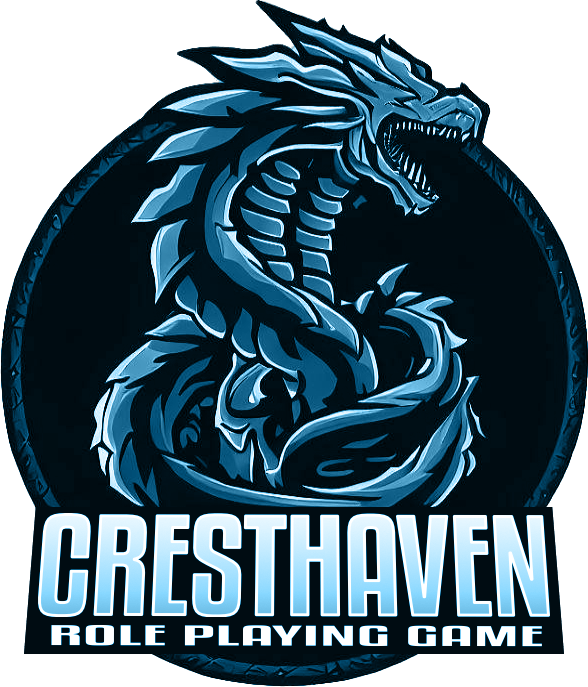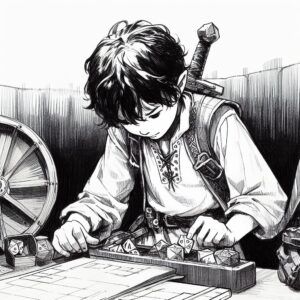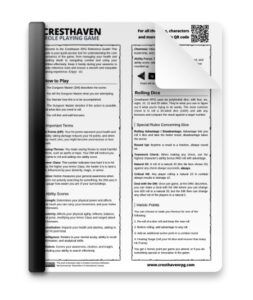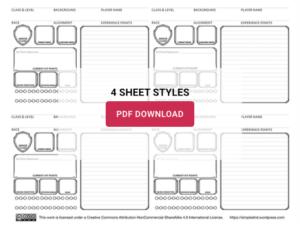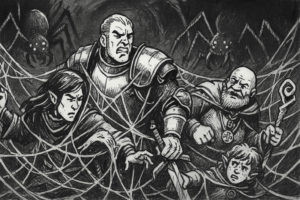As a Dungeon Master (DM) for Cresthaven RPG, you play a vital role in shaping thrilling adventures and captivating stories. Whether you have only an hour to prepare, a couple of hours, or an entire afternoon, maximizing your prep time ensures a rewarding experience for both you and your players. This guide explores practical strategies for session preparation, tailored to your available time, while incorporating tips from Cresthaven RPG’s rich library of resources.
1-Hour Preparation: Prioritize the Essentials
When you’re pressed for time, focus on the critical elements that will keep the session engaging and coherent.
1. Define the Core Adventure Goal
Identify the primary objective of the session. Are the players investigating a mysterious ruin, rescuing a kidnapped villager, or battling a menacing monster? A clear, focused goal provides players with purpose and direction.
2. Sketch Key Encounters
Outline a few pivotal moments, such as a thrilling battle, a tricky puzzle, or a tense negotiation. Each encounter should serve the story and offer players a chance to showcase their skills.
3. Prepare Critical NPCs and Monsters
Introduce one or two non-player characters (NPCs) and adversaries. Give them distinctive traits to make interactions memorable, such as a merchant with a penchant for riddles or a troll demanding a toll in goods rather than gold.
4. Set the Stage
Write a few short, evocative descriptions of key locations to immerse players in the setting. For instance:
- “The ancient forest is cloaked in mist, its towering trees creaking like old bones in the wind.”
- “A decrepit tower looms in the distance, its shattered spire piercing the gray sky.”
2-Hour Preparation: Add Depth and Flexibility
With extra time, you can expand on the foundational elements and ensure your session feels richer and more dynamic.
1. Develop a Flexible Plot Structure
Craft a storyline with multiple paths to allow for player choice. For example, if the players are infiltrating a bandit camp, consider routes like stealth, persuasion, or direct combat. Balancing player agency with narrative guidance keeps the adventure engaging.
2. Build a Basic Dungeon or Map
Sketch a simple layout of a key location, such as a dungeon, cave, or fortress. Include details like:
- Traps that challenge players’ resourcefulness.
- Hidden rooms containing treasure or lore.
- Interactive features like crumbling bridges or enchanted statues.
3. Design Engaging Encounters
Expand encounters to include environmental effects or unique challenges. A swampy battlefield that slows movement or a cliffside fight with the risk of falling adds excitement and unpredictability.
4. Enrich NPCs and Monsters
Develop additional NPCs or adversaries, giving them personalities and motivations. For instance:
- An arrogant knight who underestimates the party.
- A goblin with a secret map willing to trade for their life.
3+ Hours Preparation: Crafting an Immersive Masterpiece
With ample prep time, you can create a deeply immersive session packed with intricate details and multiple layers of engagement.
1. Develop a Detailed Adventure Outline
Create a comprehensive storyline with twists, subplots, and potential outcomes based on player decisions. Consider adding optional side quests that players can explore at their discretion.
2. Design a Complex Dungeon or Environment
Use the extra time to create intricate maps with dynamic elements:
- Rotating platforms or shifting walls in a magical dungeon.
- Environmental hazards like lava flows or freezing winds.
- Multiple levels with interconnected passages to encourage exploration.
3. Flesh Out NPCs and Monsters
Dive into character development for your NPCs and monsters:
- What are their motivations?
- How do they react to player choices?
- What quirks or traits make them memorable?
For example, a villain might have a tragic backstory that could sway the party to spare them, or an NPC might provide cryptic clues to deepen the mystery.
4. Plan for Atmosphere
Prepare props, music, and visual aids to enhance immersion. A well-chosen piece of background music or a detailed handout can make the setting come alive.
General Tips for All Preparation Times
- Engage Players’ Interests: Design scenarios that resonate with your players, whether through combat, puzzles, or roleplay.
- Stay Adaptable: No matter how much you prepare, players will surprise you. Embrace their creativity and be ready to improvise.
- Encourage Agency: Let players make meaningful choices that impact the story. This fosters a sense of ownership and keeps them invested.
- Balance the Experience: Avoid “railroading” (forcing players along a single path). Provide enough guidance to keep the story cohesive but leave room for player creativity.
What tips would you give to new DMs looking to get started on their adventures? Post a comment below!
Discover more from Cresthaven RPG
Subscribe to get the latest posts sent to your email.
